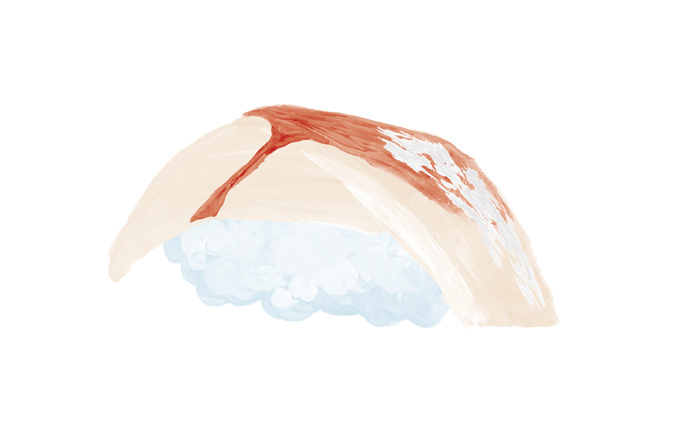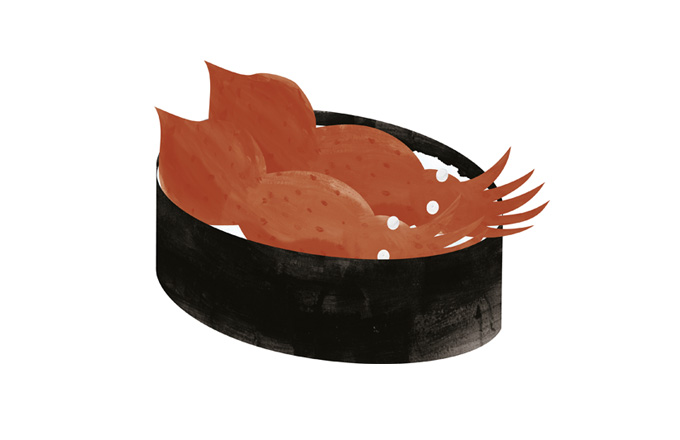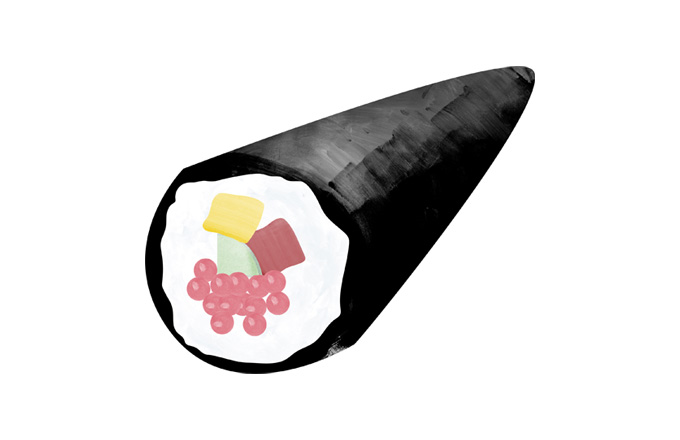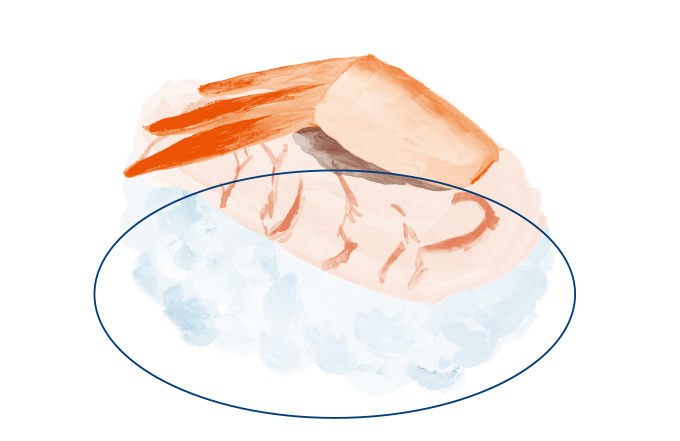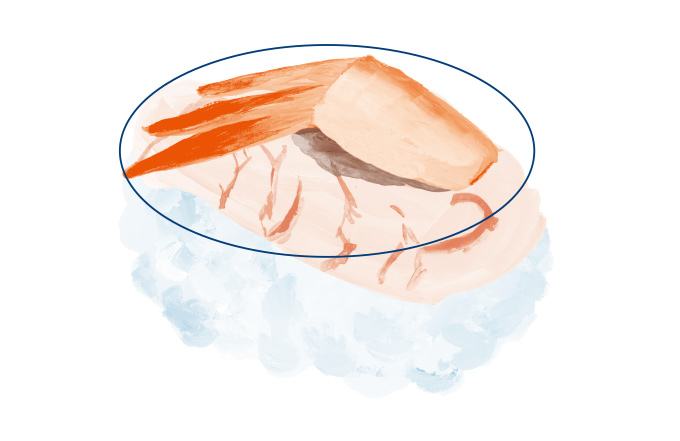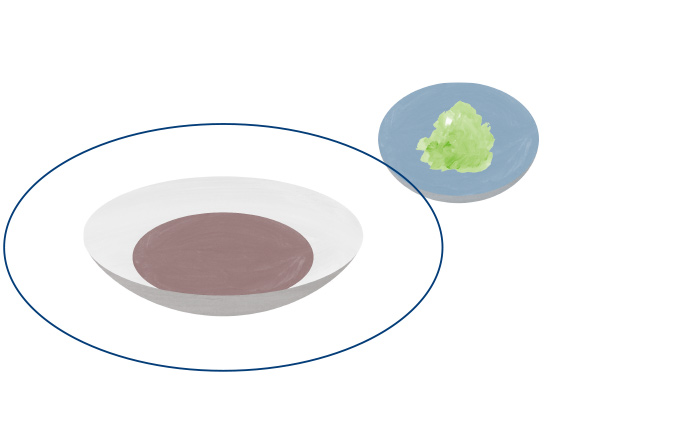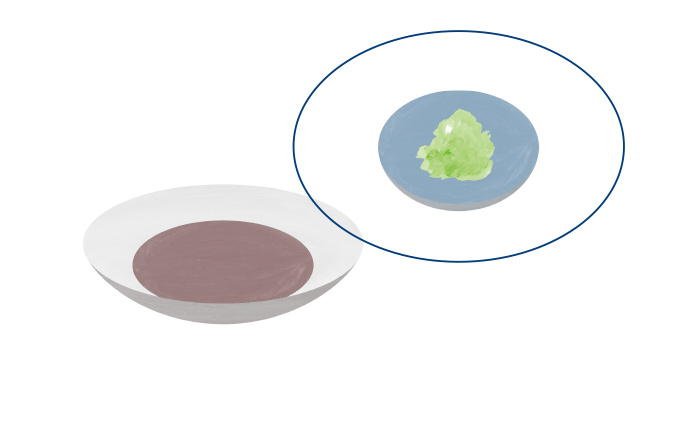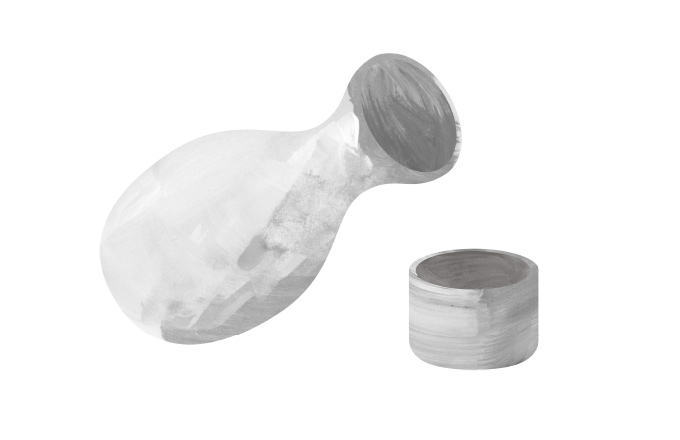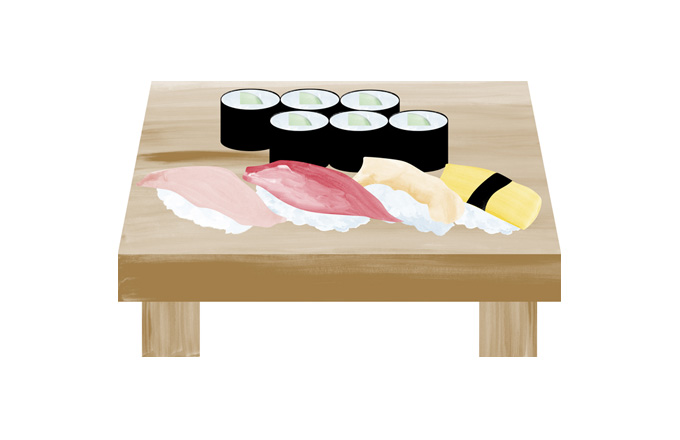Toyama’s main sushi neta
In sushi, toppings and fillings are referred to as neta. It’s a delight to savor the distinct flavors of each, while learning about the incredible seafood behind them. Here we showcase a variety of Toyama’s can’t-be-missed specialty neta, a must-try during any visit!
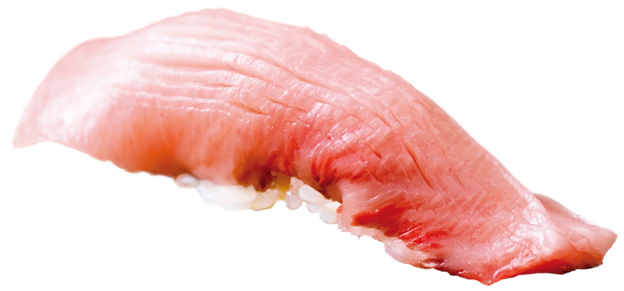
Buri (Yellowtail)
A decadently rich taste with a delightfully firm bite. During peak winter season, it’s hailed as Toyama Bay’s King of Winter. Kanburi (winter yellowtail) from Himi is particularly renowned.
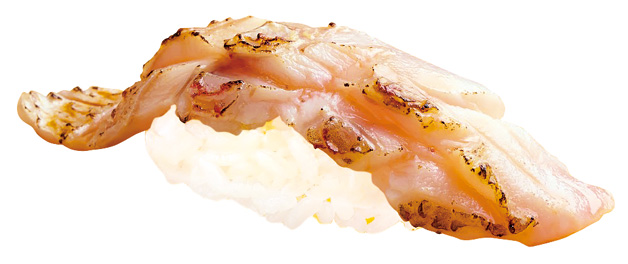
Nodoguro no Aburi (Seared Blackthroat Seaperch)
A prized white fish from Toyama, named after its dark inner mouth. A quick sear enhances its naturally rich, silky texture.
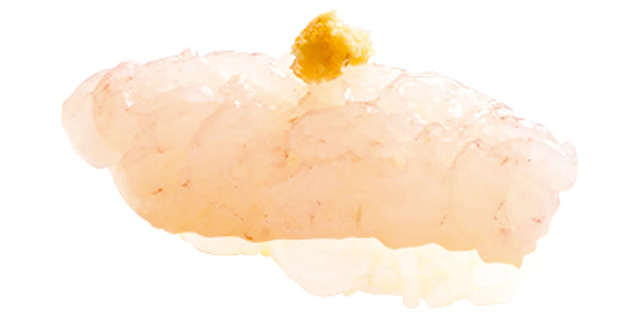
Shiroebi (White Shrimp/Japanese Glass Shrimp)
Known as the ‘Jewels of Toyama Bay,’ these tiny shrimp are served in clusters for sushi. Possessing a sweet and delicate flavor, peak season runs from spring to autumn.
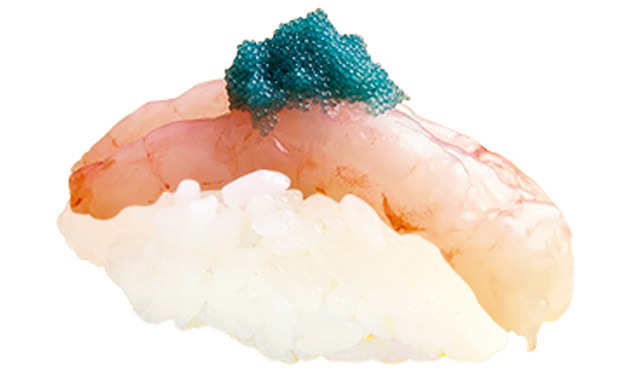
Amaebi (Sweet Shrimp)
True to its name, this shrimp is prized for its rich sweetness and creamy, tender texture. It presents a stunning visual of clear red flesh against brilliant blue roe.
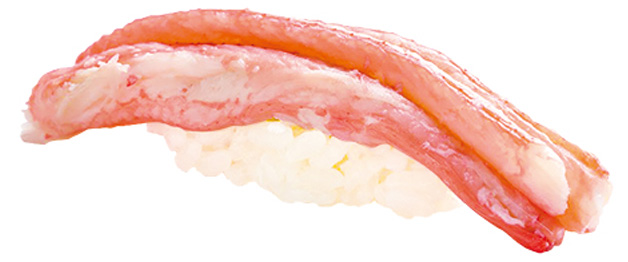
Benizuwai-gani (Red Snow Crab)
Known and loved by the brand name Koshi no Akagani, the tender meat of this crab bursts with savory juiciness. Sustainable harvesting limits the catches to males.
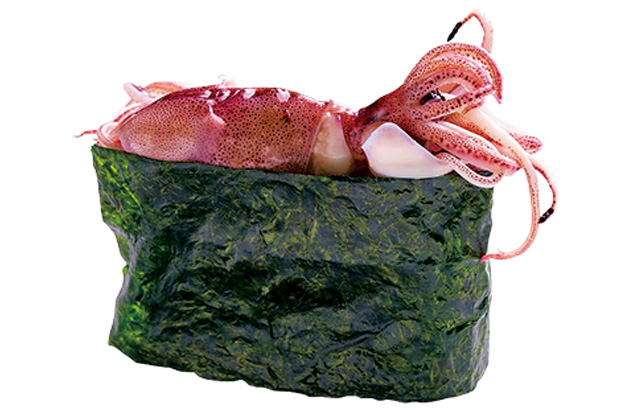
Hotaruika (Firefly Squid)
These tiny squid glow bluish-white under water. Spring is their season, with Toyama Bay being Japan’s most famous source. Enjoy boiled (as pictured), as sashimi, or soy-marinated as sushi neta.
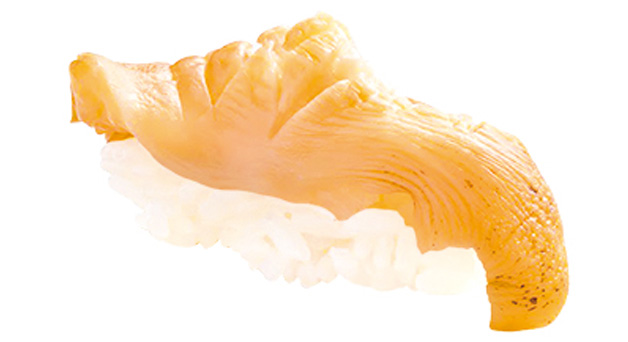
Bai-gai (Ivory Shell)
While traditionally simmered according to local Toyama cuisine, this shellfish also shines as sushi neta. Its appealing and firm, chewy texture is at its peak in summer.
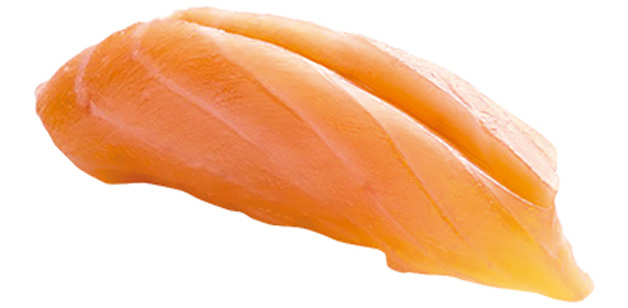
Sakuramasu (Cherry Salmon)
A prized type of salmon that returns from the sea to the Jinzu River between March and May, its spawning season. Expect a beautifully rich, buttery texture that melts in your mouth.
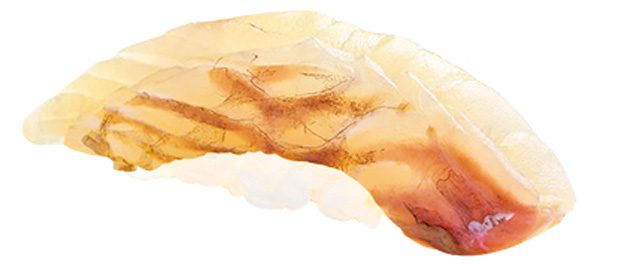
Hirame Kombu-jime (Kelp-cured Flounder)
A traditional Toyama dish, where fresh fish such as flounder is aged with kombu (kelp) to intensify its savory depth. It also makes for a superb sushi neta.
Sushi Staples You Know & Love
Naturally, Toyama also serves up the sushi toppings beloved across Japan. Top of the list is tuna, the king of red fish. White fish like sea bream and flounder, hikari-mono (silver-skinned fish) such as gizzard shad and horse mackerel, plus squid, octopus, sea urchin, and salmon roe are all classics. Traditional neta include simmered conger eel and Japanese omelet. Finally, thin rolls (hosomaki) with cucumber or other fillings are the perfect closing act to a sushi course.
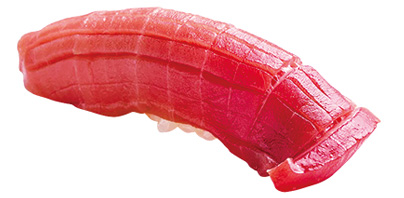 Maguro
Maguro
(Tuna)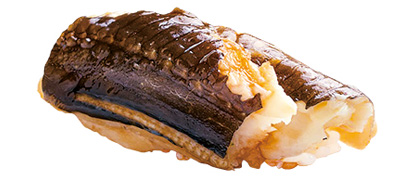 Nianago
Nianago
(Simmered Conger Eel)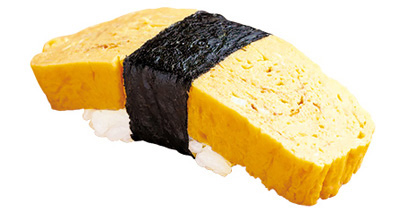 Tamago
Tamago
(Japanese Omelet)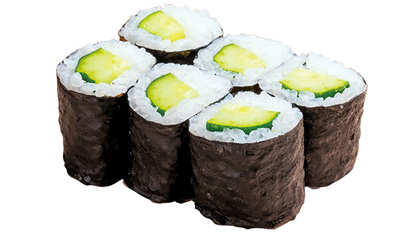 Kyuri no Hosomaki
Kyuri no Hosomaki
(Thin Rolls with Cucumber)


